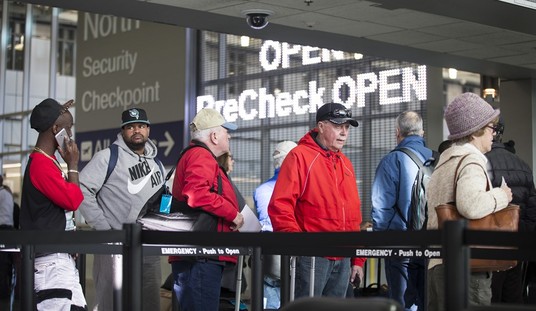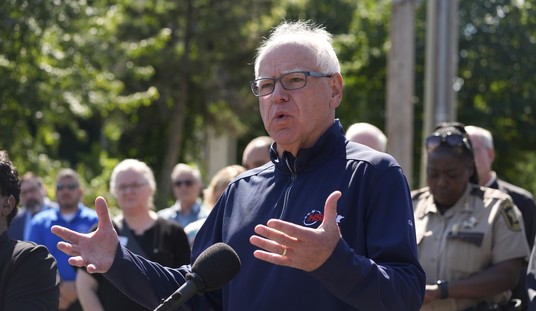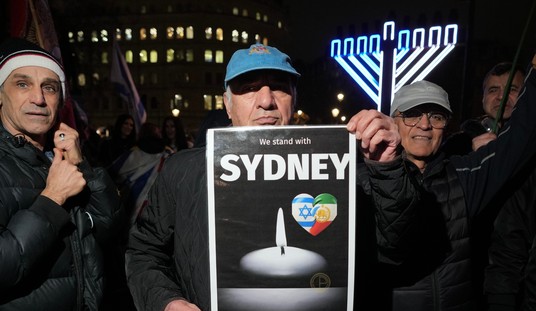“All the air power in the world was of little use when what they were really fighting was an ideology, not a conventional army.”
― Christina Lamb, Farewell Kabul: From Afghanistan To A More Dangerous World
As the U.S. walks away from Afghanistan in what has been dubbed the “forever war,” there is little doubt that the Taliban has taken solid strides to take territory. But precisely how much ground the Taliban has taken is a mosaic that alters by the day.
There are a lot of differing maps out there, so let’s get to the bottom of it.
“What the Taliban has done is take control of contested districts; that is how they have flipped the switch,” said Bill Roggio, a senior fellow at Foundation for Defense of Democracies (FDD) and editor of FDD’s Long War Journal. “In many cases, the Taliban was pre-positioned to take these districts.”
The term “control” typically refers to areas in which the Taliban also manages government institutions, law enforcement, administrative hubs and has in place its own shadow leaders.
The group’s essential area of dominance is across much of the southern swath of the country, including northern Helmand and Kandahar. Still, the group is steadily gaining in the north and central pockets of the landlocked nation.
According to the Long War Journal analysis, as of July 27, the Taliban controls 224 out of a possible 421 districts – some 53 percent of the country – while 110 districts are considered “contested.” This marks a significant change from mid-April when the Taliban domineered 77 districts with 194 disputed.
But the situation is steadily deteriorating. The Taliban and its allies have swooped into more than 145 districts in just the past two months, as per the FDD assessments. The outfit also captured Spin Boldak, a critical border crossing with Pakistan in Kandahar province.
The Taliban leadership itself claims to now govern “85 percent of Afghanistan’s turf, which still appears to be an exaggeration. Yet seemingly buoyed by the U.S. withdrawal, the Taliban is also documented to be edging closer to key cities such as Kunduz, Herat, and Kandahar, although they have not ascertained governance.
Despite having a clear grip on most Afghan land, analysts are also quick to point out that these areas are primarily scarce in population and that the urban areas are still under government jurisdiction. Thus more than half the Afghan populous still lives under the authority of Kabul. But in the contested regions – often held by both Kabul and the Taliban – the party in power fluctuates with the migration flows.
Yet the likes of Roggio stress that the Taliban objective from day one has been to focus on land rather than population control, which has proven to be a crucial part of its propaganda campaign.
Nonetheless, the Afghan government has also hit back with the pronouncement that the Taliban uses skewed data as part of its propaganda campaign.
And there are some thin silver linings.
For example, the Kabul government has said it has sent additional forces to all major cities. In addition, Afghan forces have managed to seize at least 20 mostly contested areas in recent months, data shows.
Other analysts also point out that it is essentially impossible at this stage to state accurately precisely who “controls” what and when.
“It is impossible to know who controls what sections of Afghanistan. This is a very fast-moving situation. There will always be areas in Afghanistan that are sympathetic to the cause of the Taliban,” surmised Luke Coffey, who oversees research at The Heritage Foundation. “This is particularly true in the regions of the country predominately home to Pashtuns. It is more important to look at who controls areas with the most population, rather than who controls administrative boundaries found on the map.”
Coffey also emphasized that we should not forget that there are almost 420 districts in Afghanistan; thus, taking a district in some remote areas might mean capturing a road intersection and a single government building.
“Control over these districts go back-and-forth,” he continued. “What I’ve noticed is that only when the Taliban captures an area do we see headlines in the western media. When the Afghan government re-captures the area, it never makes the media.”
I also turned to Miguel Miranda, a global expert analyst in military technology. From his purview, the Taliban’s ongoing campaign is more a broad effort to break the armed forces and police and then wreck the economy.
“The ultimate goal is to compel the surrender or flight of the current government in Kabul. So far, they’ve (Taliban) made impressive gains these past two months,” he said. “It’s also important to acknowledge Taliban victories are in ‘districts’ that represent the smallest administrative units in the Afghan state. Even if the Taliban capture many districts, the provincial capitals and largest cities (such as Herat and Kandahar, for example) are far from their grasp.”
Miguel also stressed that there have been gains by the Afghan National Forces (ANA), “largely thanks to the Commando Corps who are superbly equipped and known for their loyalty to the state.”
“The role of air support can’t be discounted either. The fledgling Afghan air force does have attack helicopters and Super Tucanos for hitting ground targets,” he continued. “The manpower of the ANA and the Commando Corps are considerable when augmented by the local pro-government militias known as ‘Uprising Forces.'”
The government is losing in many parts of the country in his summation, but these aren’t decisive losses. A decisive loss would be the fall of cities like Kandahar or Jalalabad.
Meanwhile, U.S. officials are chiefly refraining from commenting on specific statistics. Earlier this month, Pentagon spokesperson John Kirby declined to directly respond, “claiming ground doesn’t mean you can sustain that or keep it over time.”
Roggio, who has been mapping Afghanistan’s areas of reign for more than seven years, also pointed out that the only other outfit with much pull in the country is the ISIS affiliate, known as ISIS-K.
“But they have been relegated to fighting in cells and conducting attacks,” he explained, rather than securing turf.
However, in any case, it is the Afghan civilians who are undoubtedly paying the price.
According to a U.N. report published this week, civilian casualties spiked 50 percent over the first half of this year compared to the same period last year. The report further states that anti-government forces are culpable for 64 percent of the casualties, 25 percent can be attributed to pro-government forces, and the remaining 11 percent are collateral damage. Some 32 percent of the dead and wounded were children.
The Biden administration has established August 31 as the date for the final departure of U.S. forces, except for 650 troops to assist with security for the U.S. embassy in Kabul.
From here, the future remains to be seen.
“It is impossible to know what will happen in six months. A provincial capital could very well fall to the Taliban. The Taliban will probably solidify their control over some of the areas they already control or contest. But it is naïve to think that the Afghan government and the Afghan military are unable or unwilling to continue to fight against the Taliban,” Coffey added. “Let’s not forget that all of last year, the U.S. had just a few thousand troops on the ground. Their mission was to train the Afghan military, not to lead combat operations.”
For more, visit The World of War, Crimes + Crises with Hollie McKay















Join the conversation as a VIP Member